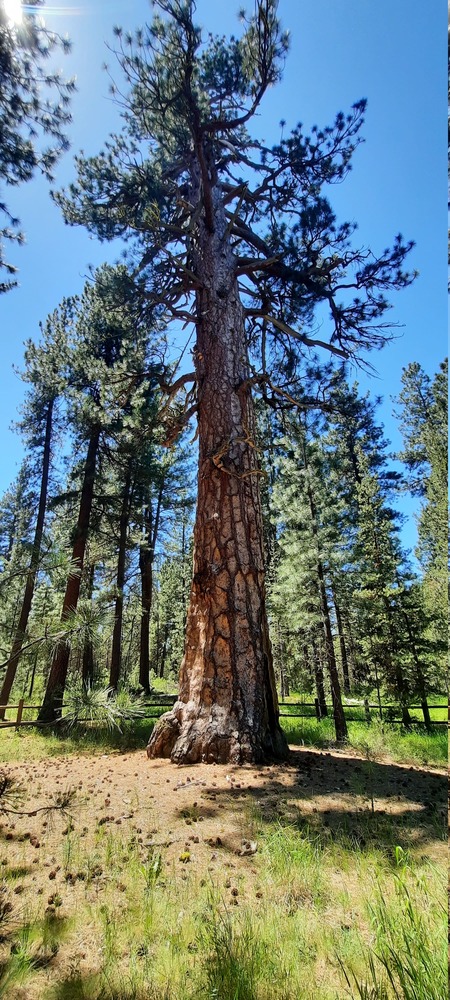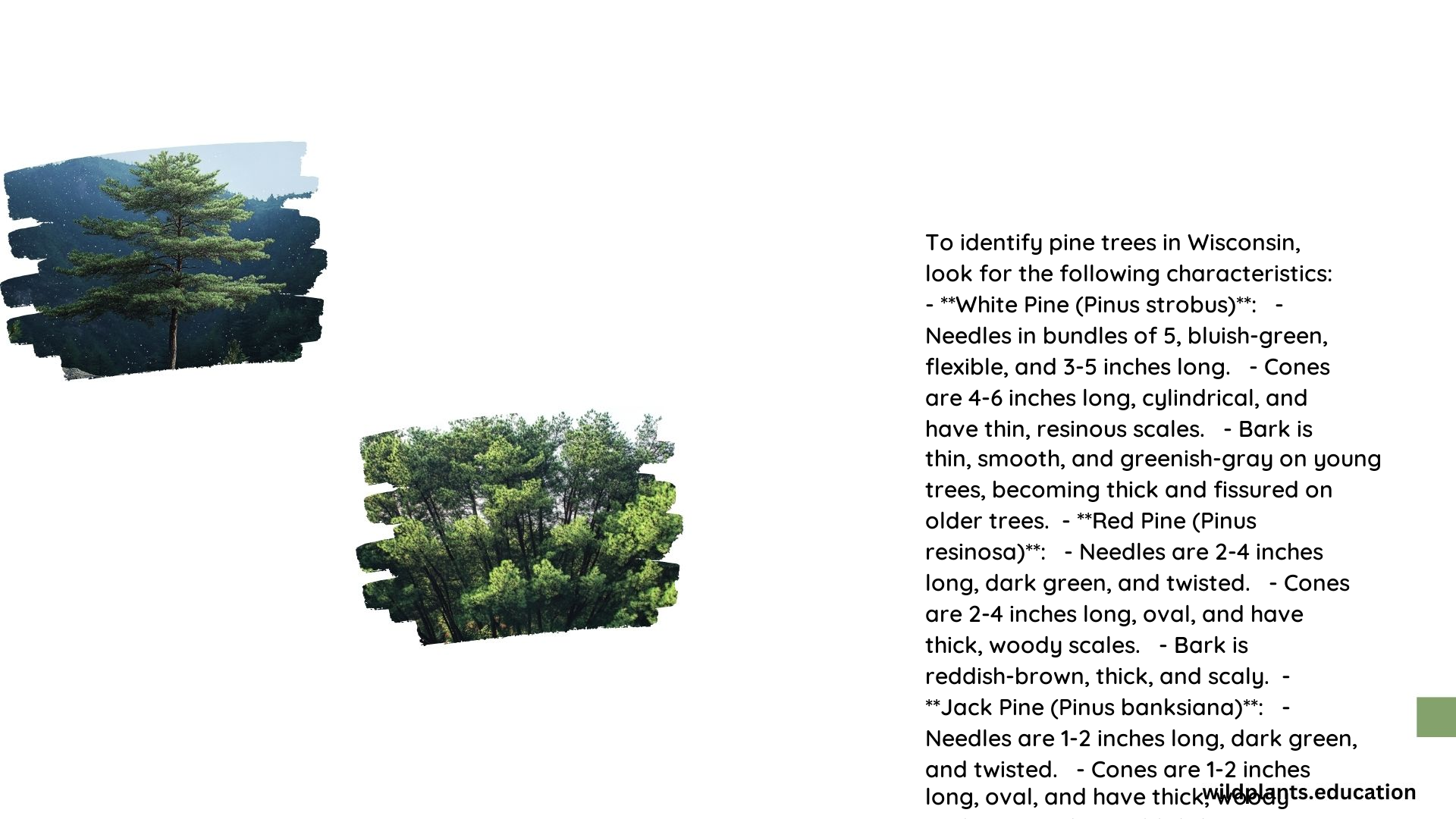Wisconsin’s northern forests are home to a diverse array of pine tree species, each with its unique characteristics and adaptations. Understanding how to identify these trees is crucial for nature enthusiasts, foresters, and anyone interested in the local flora. In this comprehensive guide, we will explore the distinguishing features of white pine trees, the identification criteria for the “Q-tip looking” pine trees in the Bad River Forest, and the best tools and apps to help you identify pine tree species in Wisconsin.
What are the Distinguishing Features of White Pine Trees in Wisconsin’s Northern Dry Forests?

White pine trees (Pinus strobus) are among the largest conifers native to Eastern North America, and they are a significant component of Wisconsin’s northern forests. Here are the key features to look for when identifying white pine trees:
-
Height: White pine trees can grow up to 80 feet tall and 40 feet wide, making them one of the tallest tree species in the region.
-
Bark Texture: Young white pine bark is smooth and greyish-green. As the trees mature, the bark becomes lightly furrowed, and with age, it turns brown and develops deep furrows and plates.
-
Needle Arrangement: White pine needles are arranged in fascicles of five, which is a distinctive characteristic. The needles are long, soft, velvety, and blue-green in color, ranging from 2 to 6 inches long.
-
Cone Characteristics: Female white pine cones are cylindrical, 3 to 8 inches long, and hang downward from the branches. Male cones are small, yellow, and clustered at the base of the current year’s growth.
How Can You Identify the “Q-tip Looking” Pine Trees in the Bad River Forest?

In addition to the white pine, the Bad River Forest in Wisconsin is home to another distinctive pine tree species. These trees are often referred to as having a “Q-tip” appearance due to their unique characteristics:
-
Physical Traits: These pine trees are characterized by their irregular, whorled branching pattern. They have a tall, straight trunk that can grow up to 3 feet in diameter.
-
Habitat Preferences: White pines are commonly found on dry sandy and rocky sites, but they can also thrive in more mesic (moist) sites.
-
Ecological Information: White pines are significant components of northern forests and are making a comeback in Wisconsin after significant harvesting in the late 19th century.
What are the Best Tools and Apps for Identifying Pine Tree Species in Wisconsin?
Identifying pine tree species can be a challenging task, but there are several tools and apps available to help you. Here are some of the best options:
- iNaturalist:
- User reviews: 4.8/5
- Functionality: Image-based identification, community-driven, and extensive database
-
Special feature: Ability to connect with experts and enthusiasts for verification
-
PlantSnap:
- User reviews: 4.7/5
- Functionality: Image-based identification, extensive database, and plant care information
-
Special feature: Real-time plant identification and detailed descriptions
-
Leafsnap:
- User reviews: 4.5/5
- Functionality: Image-based identification, extensive database, and detailed descriptions
- Special feature: Collaboration with botanical gardens and universities for accuracy
By using these tools and apps, you can quickly and accurately identify the pine tree species you encounter in Wisconsin’s northern forests, helping you better understand and appreciate the local flora.
References
-
Davey Tree. (2021). Ultimate Guide to Identify a White Pine. Retrieved from https://blog.davey.com/do-i-have-a-white-pine/
-
Reddit. (2023). Old-growth eastern white pine hiding in the Baraboo Hills of Wisconsin. Retrieved from https://www.reddit.com/r/marijuanaenthusiasts/comments/12d2i86/oldgrowth_eastern_white_pine_hiding_in_the/
-
Wisconsin DNR. (2019). Eastern White Pine Report. Retrieved from https://dnr.wisconsin.gov/sites/default/files/topic/ForestBusinesses/WhitePineReport.pdf
-
University of Wisconsin-Green Bay. (n.d.). Trees of Wisconsin: Pinus strobus, white pine. Retrieved from https://www.uwgb.edu/biodiversity-old/herbarium/gymnosperms/pinstr01.htm
-
Schlitz Audubon Nature Center. (2019). Identifying Conifers. Retrieved from https://www.schlitzaudubon.org/2019/10/08/identifying-conifers/.
